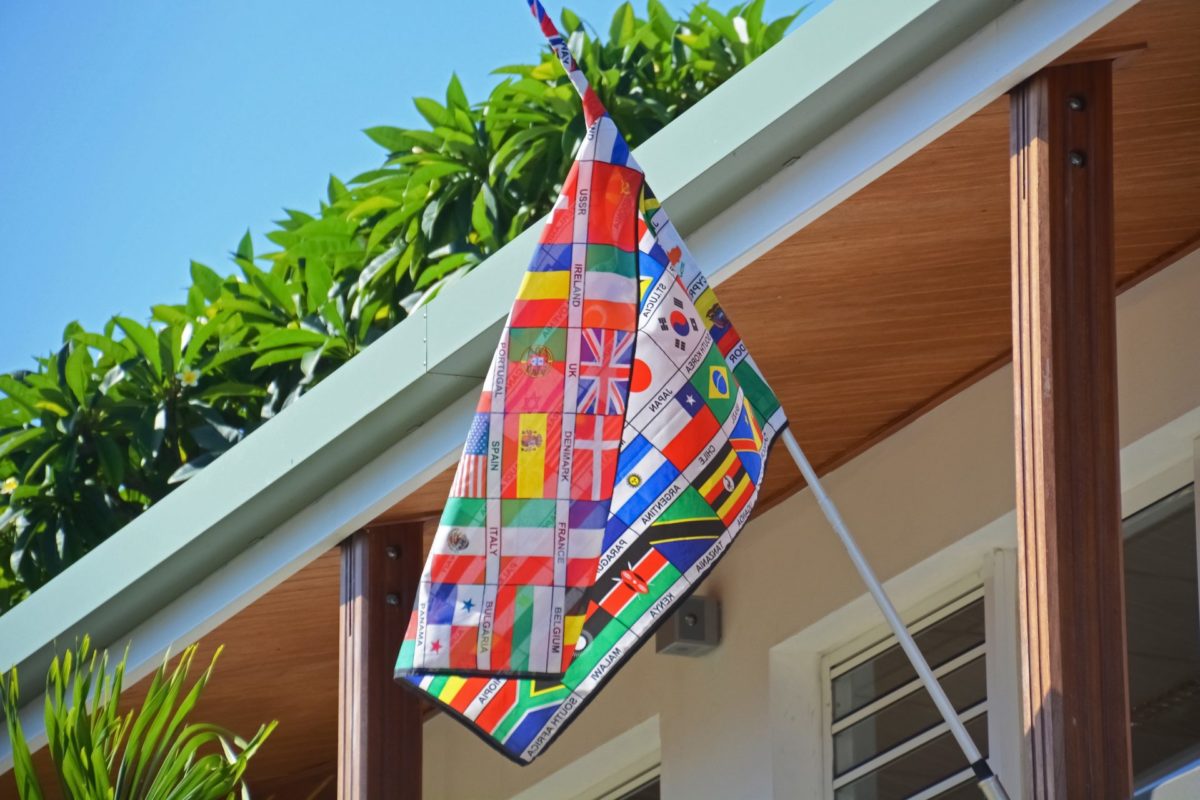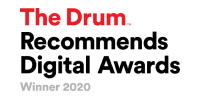So, you’re ready to launch a website that serves users from around the world. Hreflang tags are in place, content has been natively transcreated for each language and you’ve even gone to the trouble of implementing meta language tags (check you out!)
You’ve checked everything and you’re ready to press the big, green launch button. But wait. Haven’t you forgotten something? It’s a question asked by a million international websites that have struggled to rank and engage the users they’re intended for. This brings us on to the topic of this post – image SEO for international websites.
Representation is more than a buzzword
You may have heard the term ‘representation’ a lot over the last ten years or so. It’s a topic that has really gained traction, with each generation seemingly more self-aware than the last. Pressure from consumers, who are now better connected to each other from anywhere in the world, to see themselves represented in everything from films and advertising to children’s toys. It’s a movement that has been a long time coming, and, thankfully, appears to be becoming the norm. But what does representation mean?
Since the dawn of marketing and media, straight, white, able-bodied imagery has been the default – almost always controlled by and catering for men. As communities diversified and society (mostly) became more equal and open, brands and broadcasters soon found that they could no longer make profits or stay relevant by sticking to the status quo. The public demanded representation. To see themselves and their communities reflected back to them. To not be tokenized or pandered to. To be seen, heard and understood. It’s not a big ask, but there have been some MAJOR missteps.

And it’s worth noting that representation isn’t limited simply to a visual image, it extends to doing thorough research into wording, iconography, culture, colloquialisms, alt tags and anything else that might need to be different on one country’s landing page to the next. So, let’s take a dive into some of these factors for international image SEO success.
Getting photography right
It’s important to represent your audience in your imagery and be diverse, this is a given, but how do you do it without tokenising and disaffecting the very people you’re trying to speak to.
Consider the types of advertising you respond well to;
– Do they make use of ‘real’ people instead of models and actors?
– Do the subjects in commercials sound like you?
– Is the action or task depicted realistic and genuine or does it seem forced?
– Are people dressed as you would expect?
The last point, in particular, has heavy international relevancy. Clothing, whether it’s style, how much or how little, can differ greatly between cultures and countries. Getting this wrong could make a brand appear sexist and tone deaf in one country and offensive and rude in another. What do ‘real’ people in a target country wear and why?
Try out some keywords in Google Images and you’ll generally find that even that used to serve the corniest, sexist, stock-imagery (is that a word?) content now shows a much more diverse and realistic representation of what the keyword means for the country you search from.

International culture & iconography
Want to give customers in the Middle East a big thumbs up for making a purchase? Maybe not the best idea. Giving someone the thumbs up in countries like Iran is essentially the same as saying, ‘up yours!’ It’s cultural differences like this that are so important to understand before implementing a landing page design. The last thing any SEO wants to do is alienate an audience, imagine all that technical work and keyword research wasted because a hand gesture has gotten lost in translation.
One for web designers, but interesting for SEO’s too, Adobe has a really useful resource that provides a base guide on international design and iconography.
Multilingual image alt tags
Personally, adding alt tags to images is one of my least favourite SEO tasks, but it is important and seeing traffic come from Google Images attests to that. However, when optimising international websites, for some reason writing alt tags that users can understand in their own language is often not even attempted. Alt tags are just as important for users and search engines outside of English speaking countries. Imagine being a person with a sight impairment trying to understand the content of an image through an alt tag written in a language you don’t understand. Oh, and imagine trying to rank an image in Japan using English only alt tags, crazy right?! Frustratingly, this is happening all the time.
Depending on the size and type of site you’re working with, you could have thousands of images. Ideally, you want to use a plugin like Polylang, which allows you to input alt tags in multiple languages on the same image file. This means you don’t have to have a separate image for each language served, an absolute game-changer. It then serves the relevant alt tag depending on the page language that the image is being shown on.
Final thoughts
Hopefully, this post has helped impart the importance of proper international image SEO. As with anything you don’t understand first-hand, it’s always a great idea to get your research and suggestions checked by a native of each language and country optimised for. And if you’re not convinced that having the same image and icons on each language version of your website is a good idea, check out this list of multicultural brand catastrophes.
If you have any questions don’t hesitate to get in touch with us.






